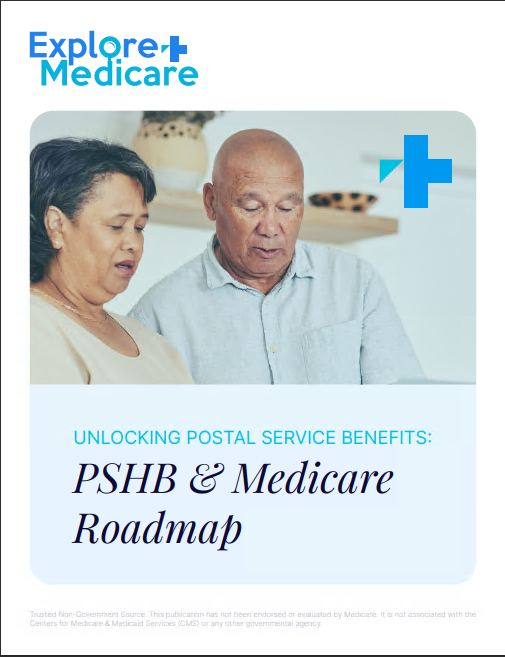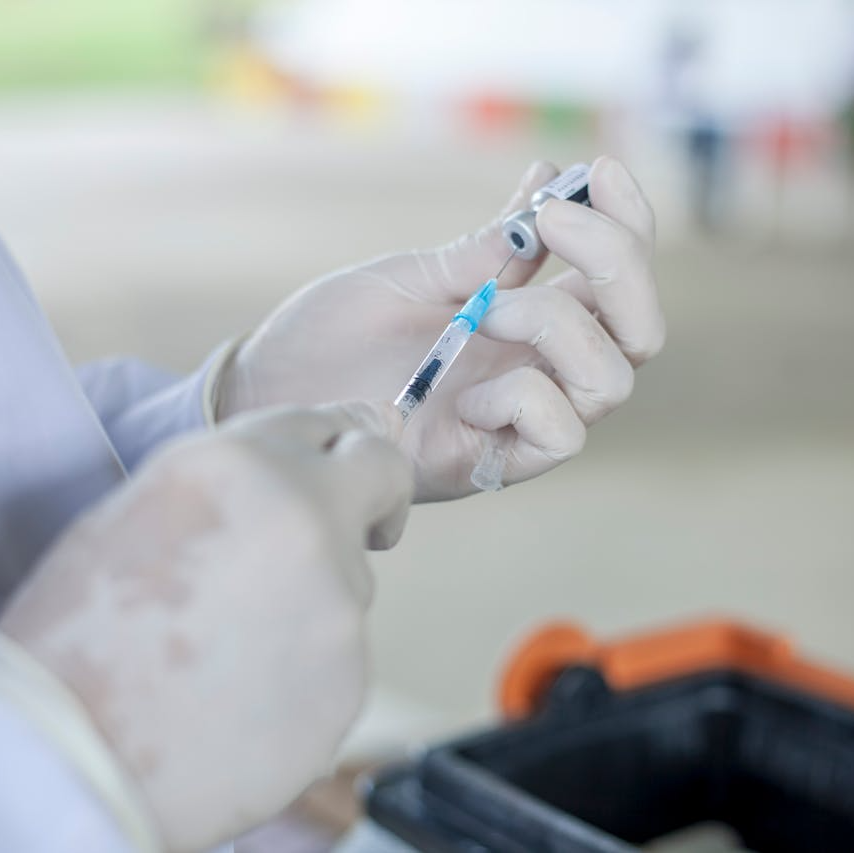Key Takeaways:
-
Asking the right questions before enrolling in Medicare Part D can help you avoid unexpected costs and coverage gaps.
-
Understanding premiums, deductibles, formularies, and out-of-pocket costs ensures you choose a plan that fits your medication needs and budget.
How Much Will I Pay for Premiums and Deductibles?
Before signing up for Medicare Part D, it’s essential to understand what you’ll pay each month for your premium and how much you’ll need to cover before your plan kicks in. In 2025, the maximum deductible allowed under Medicare Part D is $590, but some plans set it lower. The monthly premium varies depending on your plan choice and where you live.
Does the Plan Cover All My Medications?
Medicare Part D plans have a formulary, which is a list of covered drugs. Not all plans cover every medication, so you’ll need to check whether yours are included. Formularies can change yearly, meaning a drug that’s covered in 2025 may not be in 2026. Always review this list before renewing your plan.
What Are the Copays and Coinsurance Costs?
Even after meeting your deductible, you’ll still have out-of-pocket costs. Some medications may require a fixed copayment, while others have coinsurance, meaning you’ll pay a percentage of the cost. Generic drugs usually cost less, while brand-name and specialty drugs can be significantly more expensive. Understanding these costs ensures no surprises at the pharmacy.
How Does the $2,000 Out-of-Pocket Cap Work?
Starting in 2025, Medicare Part D has a $2,000 annual cap on out-of-pocket prescription drug costs. Once you hit this limit, your plan covers 100% of covered drug costs for the rest of the year. This change eliminates the old catastrophic coverage phase, but you’ll want to ask how your specific plan handles cost-sharing until you reach the cap.
Are There Preferred Pharmacies, and Do They Affect My Costs?
Many Medicare Part D plans use a network of preferred pharmacies, where you can get prescriptions at a lower cost. If you fill your medications at an out-of-network pharmacy, you could pay more. Be sure to check whether your local pharmacy is included in your plan’s preferred network.
Does the Plan Offer Mail-Order Prescription Services?
Some plans provide mail-order pharmacy services, which can be convenient and cost-effective. This is especially useful for maintenance medications that you take long-term. Find out if your plan offers this option and whether it provides cost savings compared to picking up prescriptions in person.
How Do I Handle Coverage If I Travel or Move?
If you split time between different states or plan to relocate, it’s crucial to check if your Medicare Part D plan provides coverage in multiple locations. Some plans have nationwide networks, while others are more restricted. If you travel frequently, ask about out-of-state pharmacy access.
Will My Plan Cover Medications Next Year?
Every year, Medicare Part D plans make changes to drug formularies, premiums, and cost-sharing structures. Just because your plan is a good fit in 2025 doesn’t mean it will remain the best option in 2026. Review your Annual Notice of Change (ANOC) to stay informed about modifications.
What If I Need Help Choosing the Right Plan?
Medicare Part D can be complex, and choosing the right plan requires careful comparison. Licensed agents listed on this website can help you assess your options, ensuring you pick a plan that aligns with your healthcare needs and budget.
Final Thoughts on Choosing the Right Medicare Part D Plan
Signing up for Medicare Part D without asking these critical questions can lead to unexpected costs and coverage issues. By taking the time to understand premiums, formularies, cost-sharing, and out-of-pocket limits, you can make an informed decision that protects both your health and your wallet.









